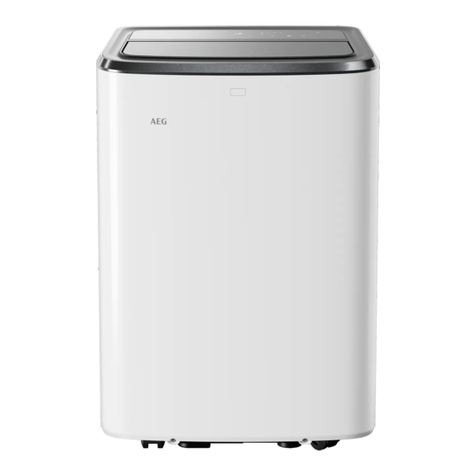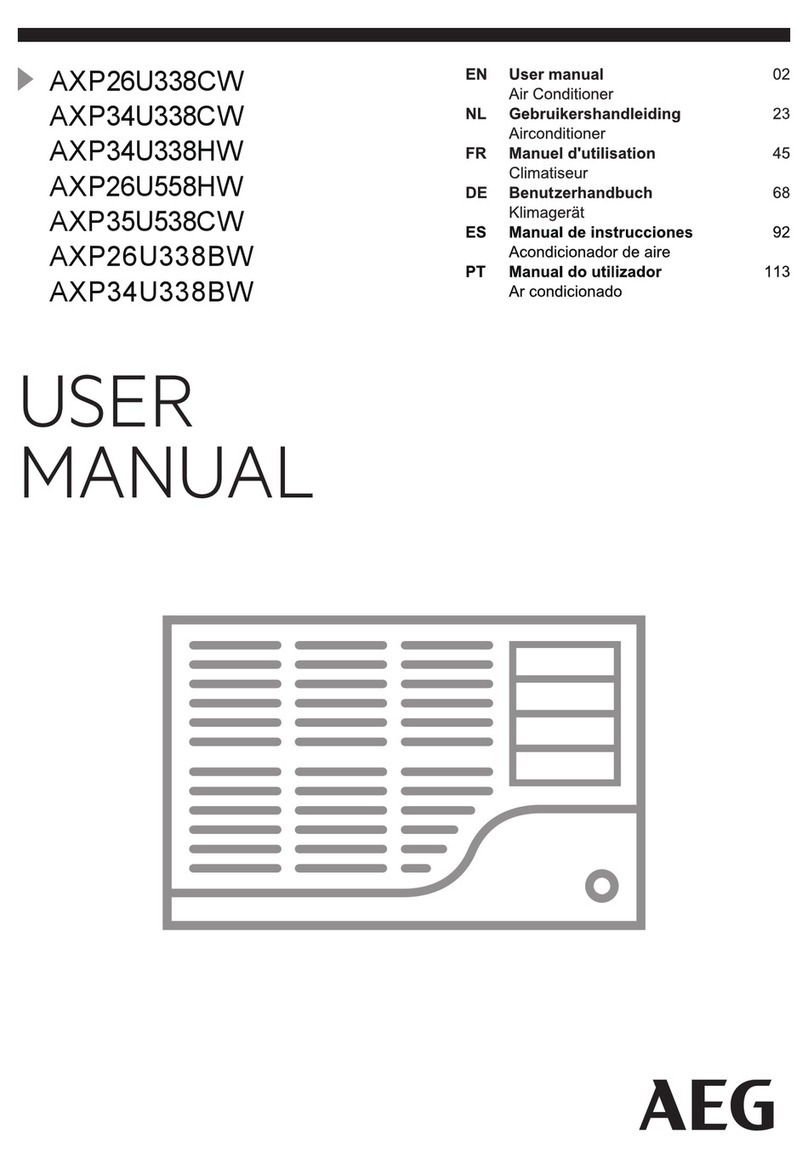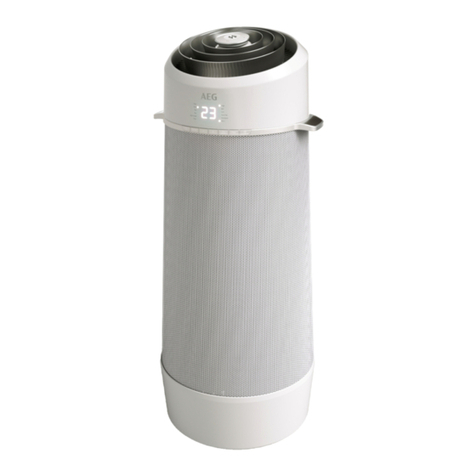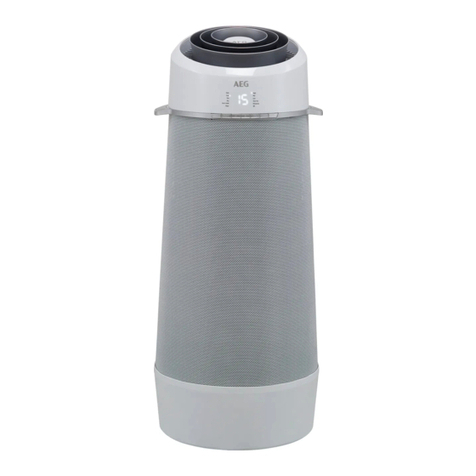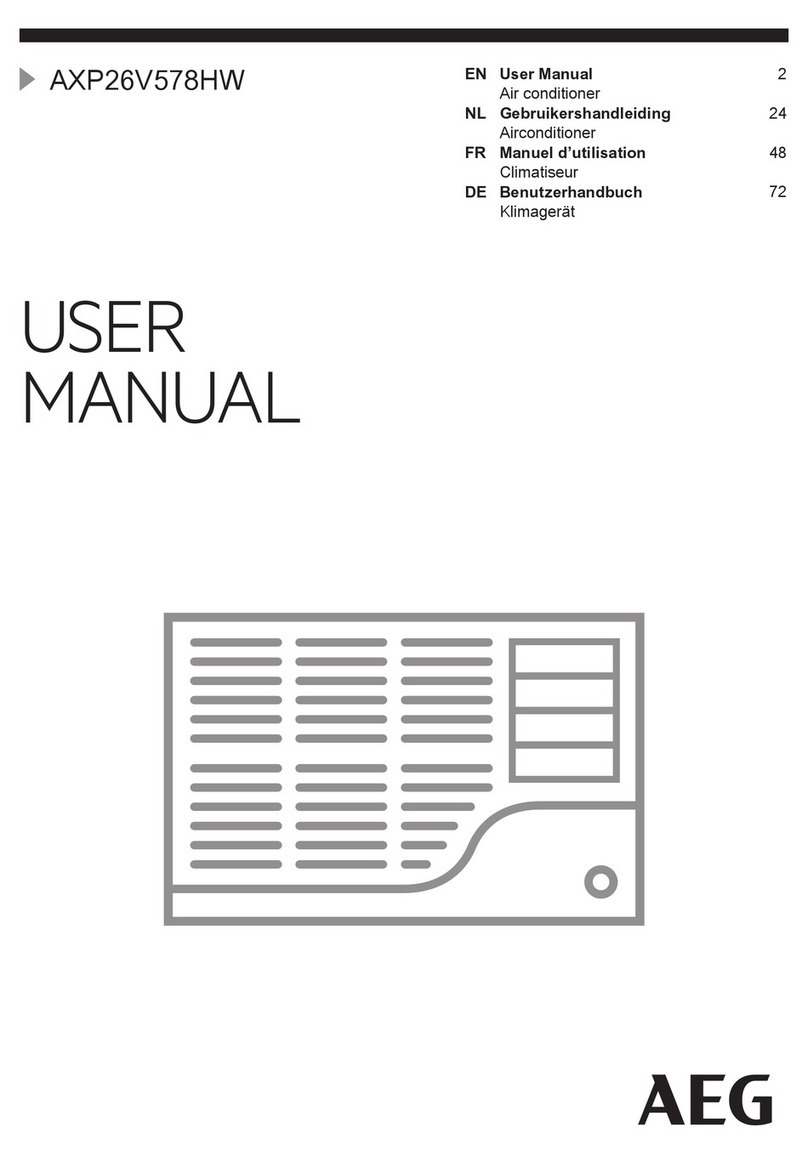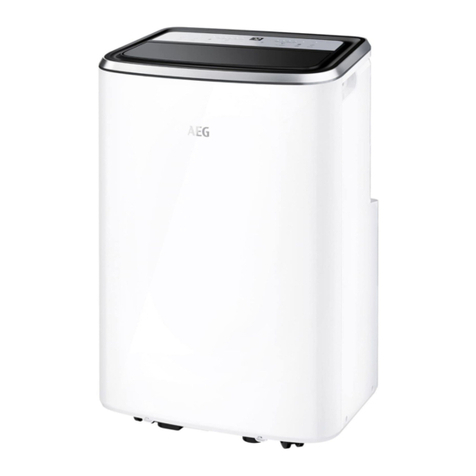
3ENGLISH
1. SAFETY INSTRUCTIONS
Before the installation and use of the
appliance, carefully read the supplied
instructions. The manufacturer is not
responsible if an incorrect installation
and use causes injuries and damages.
Always keep the instructions with the
appliance for future reference.
1.1 Children and vulnerable
people safety
WARNING!
Risk of suocation, injury or
permanent disability.
• This appliance can be used by
children aged from 8 years and above
and persons with reduced physical,
sensory or mental capabilities or
lack of experience and knowledge
if they have been given supervision
or instruction concerning use of
the appliance in a safe way and
understand the hazards involved.
• Children shall not play with the
appliance.
• Cleaning and user maintenance
shall not be made by children without
supervision.
1.2 Installation and Use
WARNING!
Risk of suocation, injury or
permanent disability.
• Contact an authorised installer for
installation of this unit.
• Contact an authorised service technician
for repair or maintenance of this unit.
• The socket outlet required to
supply power must be connected
and commissioned by a licenced
contractor.
• If the supply cord is damaged, it must
be replaced by the manufacturer, its
service agent or similarly qualied
persons in order to avoid a hazard.
• Installation work must be performed
in accordance with the national wiring
standards and the electricity suppliers
service rules by authorised personnel
only.
• If the unit is to be moved to another
location or disposed of, only a suitably
qualied person is permitted to
undertake such work.
• If you notice an unusal situation, such
as a burning smell, please switch o
the power to the air conditioner and
contact the brand service agent. If
this abnormal status continues the air
conditioner may be damaged or even
cause electric shock or re.
• Do not operate the air conditioner with
wet hands. This may cause electric
shock.
• Do not damage or cut o the power
cord or other wires. If this occurs,
please have it repaired or replaced by
an accredited technician.
• Do not connect this air conditioner to a
multi outlet power board.
• Please switch o the power supply to
the air conditioner if it is not to be used
for an extended period. Otherwise, it
will accumulate dust and may cause
a re.
• Before cleaning the air conditioner,
please disconnect the power supply
in order to eliminate the possibility of
electric shock.
• The power supply should be
matched with the air conditioner. Air
conditioners provided with a supply
cord should be connected directly to
a power outlet with a suitable safety
switch. Air conditioners that are hard
wired must be connected to a suitable
safety circuit breaker.
• Please ensure that the power supply
to the air conditioner is stable and
meets the requirements set out in the
installation manual.
• Always ensure the product is installed
with appropriate earthing.
• For safety, be sure to turn o the
circuit breaker before performing any
maintenance or cleaning or when the
product is not used for an extended
period of time. Accumulated dust may
cause re or electric shock.
• Select the most appropriate
temperature. It can save electricity.













